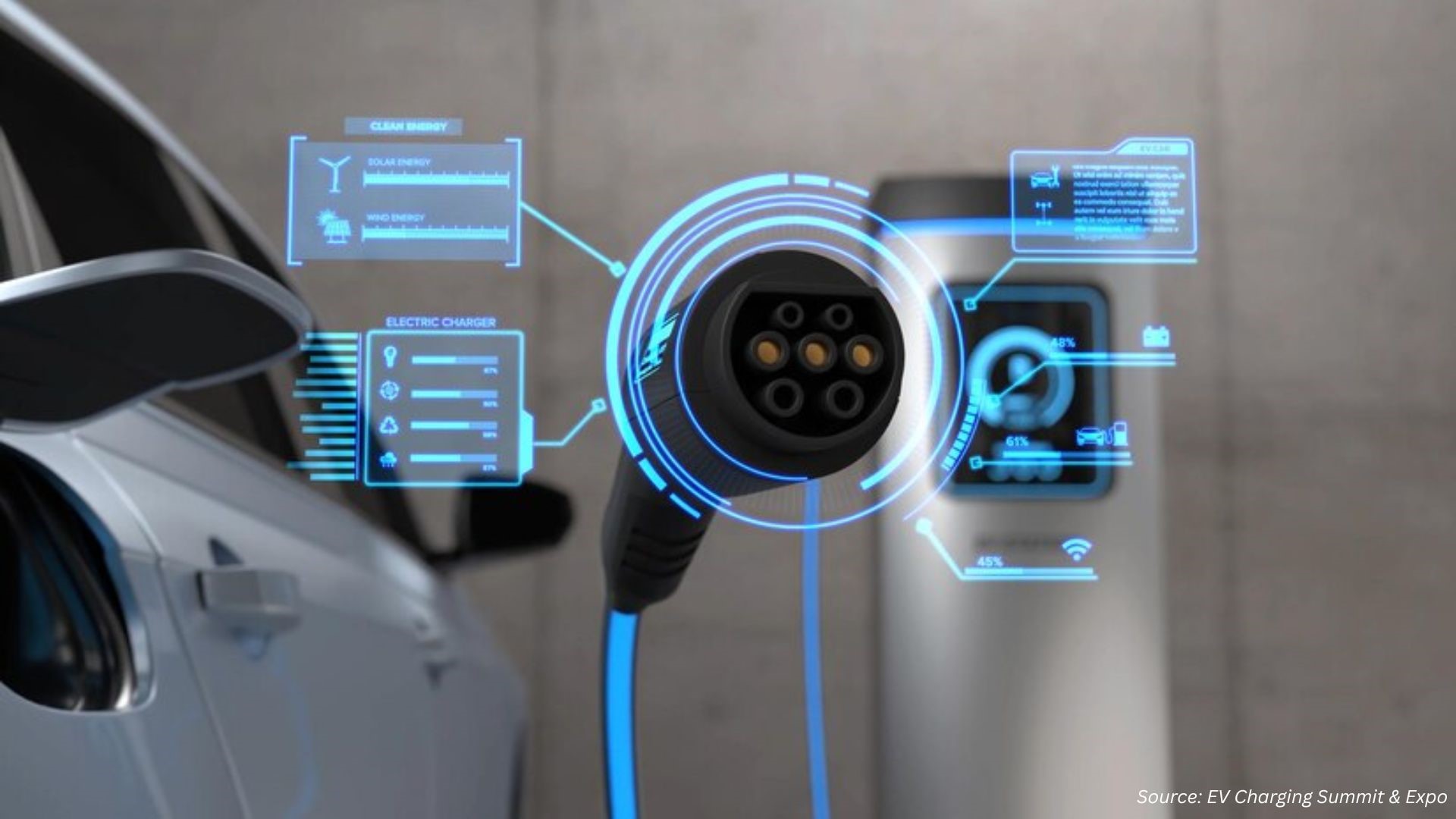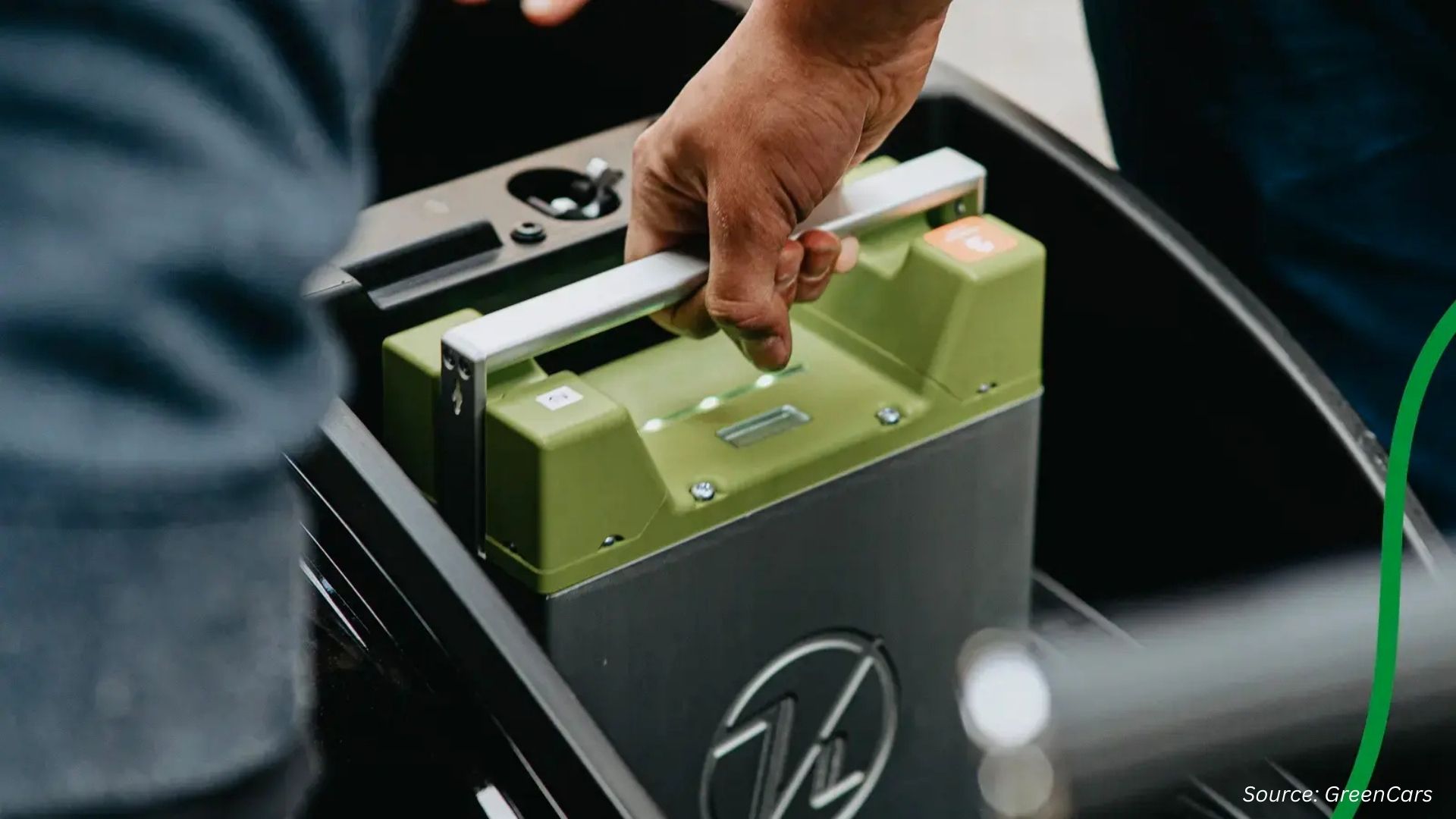Wireless Charging Trends: What’s Next in 2025?
Published: 2025-09-15

Introduction
Wireless charging has emerged as a remarkable innovation reshaping how people power their devices. In a fast-paced world where convenience is paramount, modern consumers find fumbling with cords and connectors increasingly less tolerable. Wireless charging addresses this inconvenience by simplifying the process and offering a seamless and user-friendly experience.
Efficiency is another key driving force behind the adoption of wireless charging. Traditional charging methods often involve wear and tear on charging ports, leading to device degradation, a problem that wireless charging mitigates. Moreover, devices can now be crafted with an emphasis on aesthetics, giving consumers functional and visually pleasing gadgets. This article explores the latest trends in wireless charging and uncovers the promising potential of this technology shortly.
The Current Landscape of Wireless Charging
Wireless charging is not a novel concept, as it has been around for years. However, recent advancements have pushed it to the forefront of technology trends, making it more accessible and convenient than before. The current landscape is characterized by various wireless charging technologies, including Qi wireless charging, resonant wireless charging, and radio frequency (RF) wireless charging.
Qi wireless charging, for instance, is now integrated into an array of smartphones and accessories, allowing users to place their devices on charging pads or stands. The resonance and RF technologies, on the other hand, aim to charge devices from a distance, offering the promise of true wireless power.
Major Trends Shaping the Present
Numerous key trends have driven fresh advancements in wireless charging technology. The following are some of the major trends that are reshaping the industry and fuelling growing consumer demand for this technology:
Fast Wireless Charging
Fast wireless charging technology offers a significant leap in charging speed and efficiency, delivering a more seamless and responsive user experience. Unlike conventional wireless charging methods that take longer to refill a device's battery, fast wireless charging employs advanced charging protocols and higher power levels. This results in a noticeable reduction in charging times, allowing users to quickly get their devices back to full power. Fast wireless charging provides a solution for users who are constantly on the move and need to recharge their machines rapidly.
The implementation of fast wireless charging is increasingly common in modern smartphones, tablets, and even some wearables. Manufacturers are designing devices compatible with this high-speed charging method, recognizing the growing demand for faster and more efficient power delivery than before.
In February 2023, Xiaomi unveiled its flagship smartphone series, the Xiaomi 13, featuring groundbreaking wireless charging capabilities. The Xiaomi 13 supports 50W Wireless Turbo Charge, delivering exceptional charging speeds that rival many wired chargers. This breakthrough technology allows users to power up their devices without the hassle of cables quickly.
Furthermore, the Xiaomi 13 boasts a 10W Reverse Wireless Charge, enabling it to function as a wireless power bank for compatible devices such as earbuds or smartwatches. This versatile feature enhances the overall user experience, allowing users to share power with their other devices conveniently.
Wireless Charging for Electric Vehicles
Wireless charging is no longer limited to small gadgets as it is making significant progress in the electric vehicle (EV) industry. EV manufacturers are actively developing wireless charging solutions, offering a convenient way to recharge EVs without plugging in a cable. Technologies such as magnetic resonance and inductive coupling have been instrumental in advancing wireless EV charging.
These technologies enable efficient power transfer between a charging pad in the ground and a receiver on the vehicle's undercarriage. This approach provides a seamless way for EV owners to recharge without plugging in, simplifying the parking process. The International Energy Agency (IEA) projects the global EV fleet to reach 280 million vehicles by 2040, increasing the demand for efficient charging solutions.
One of the leading advancements in wireless EV charging is dynamic charging, which enables vehicles to charge in motion. This technology can eliminate range anxiety among consumers and provide a new perspective on long-distance travel for EV owners. EVs with dynamic charging technology can receive a continuous power supply as they travel along electrified roadways. This, in turn, extends their range and reduces the need for recurrent charging stops.
In July 2023, Electreon, a leading wireless EV charger provider, partnered with VINCI Highways to implement wireless electric vehicle charging technology on a public road project in Germany, marking a significant milestone in the advancement of sustainable transportation. The collaboration aims to revolutionize EV charging infrastructure in Germany and increase the adoption of greener mobility solutions nationwide.
Integration into Furniture and Infrastructure
One of the prominent trends is the integration of wireless charging technology into everyday furniture. This includes items such as coffee tables, nightstands, desks, and seating with built-in wireless charging pads. These furniture pieces have special surfaces or embedded charging coils that can power up devices such as smartphones and smartwatches when placed on or near them. This eliminates the need for standalone chargers and cords cluttering living spaces and work areas.
The Future of Wireless Charging
Over-the-Air Charging
Over-the-Air Charging (OTAC) represents the future of wireless charging due to its unparalleled convenience and the elimination of physical contact between the charger and the device. Contrary to traditional wireless charging methods, which require devices to be placed on a designated surface, OTAC envisions a world where your smartphone, smartwatch, or other gadgets can be charged simply by being near a charging source.
In December 2022, Wi-Charge, a company specializing in over-the-air wireless charging, released its Gen2 receiver. This new release significantly expands the power its existing over-the-air wireless charging solutions can deliver to devices over greater distances. Additionally, Wi-Charge is the first company to commercialize over-the-air wireless charging. Its technology has been integrated into a range of devices, from smart locks to contactless charging pads.
Conclusion
As the world continues to evolve in an era of fast-paced technological advancement, wireless charging has emerged as a game-changing innovation, fundamentally altering how we power our devices. The need for convenience in our daily lives and the relentless pursuit of user-friendly technology have made traditional corded charging solutions seem increasingly obsolete. Wireless charging has stepped up to meet these demands, offering a seamless and efficient power transfer experience. With convenience, efficiency, and innovation as driving forces, wireless charging is poised to play an integral role in our tech-savvy future.
The leading trends explored in the article, including fast wireless charging, wireless EV charging, and furniture integration, provide a glimpse into the dynamic landscape of this transformative technology. Moreover, the promising future of over-the-air charging promises to emphasize further the limitless potential of wireless charging in our increasingly interconnected world.
About the Author
 Shankar Nishant is a researcher at Next Move Strategy Consulting with a cumulative experience of more than four years. Shankar is enthusiastic about new technology, enjoys working with diverse global clients, and has delivered numerous market reports in multiple domains.
Shankar Nishant is a researcher at Next Move Strategy Consulting with a cumulative experience of more than four years. Shankar is enthusiastic about new technology, enjoys working with diverse global clients, and has delivered numerous market reports in multiple domains.
About the Reviewer
 Debashree Dey is a skilled Content Writer, PR Specialist, and Assistant Manager with strong expertise in Digital Marketing. She specializes in crafting visibility strategies and delivering impactful, data-driven campaigns. Passionate about creating engaging, audience-focused content, she helps brands strengthen their online presence. Beyond work, she draws inspiration from creative projects and design pursuits.
Debashree Dey is a skilled Content Writer, PR Specialist, and Assistant Manager with strong expertise in Digital Marketing. She specializes in crafting visibility strategies and delivering impactful, data-driven campaigns. Passionate about creating engaging, audience-focused content, she helps brands strengthen their online presence. Beyond work, she draws inspiration from creative projects and design pursuits.
















Add Comment